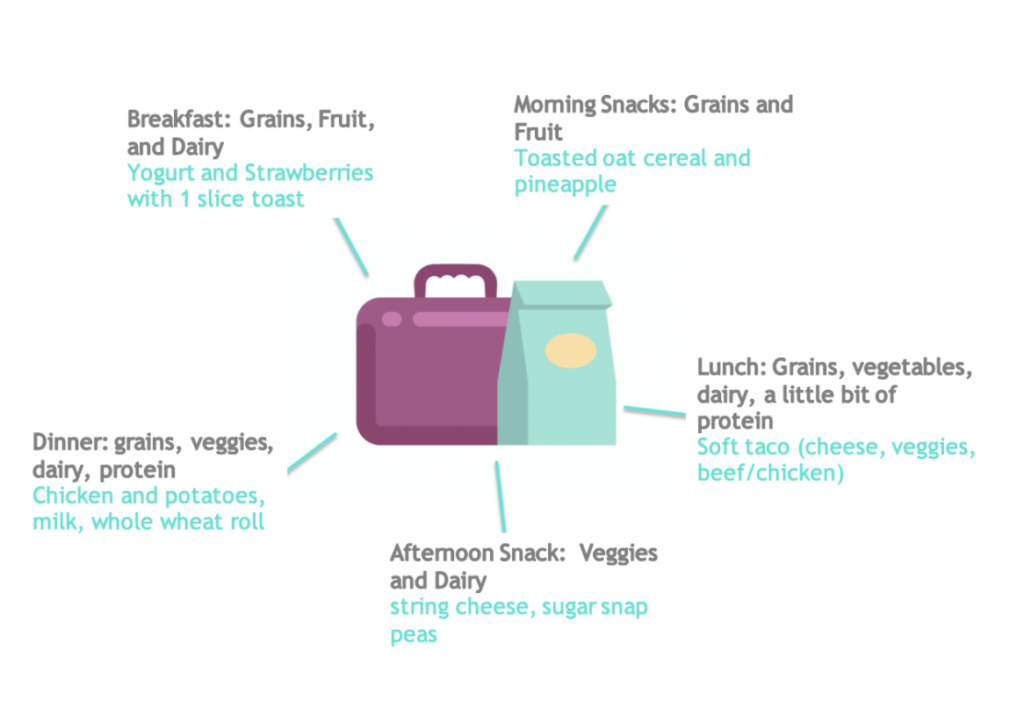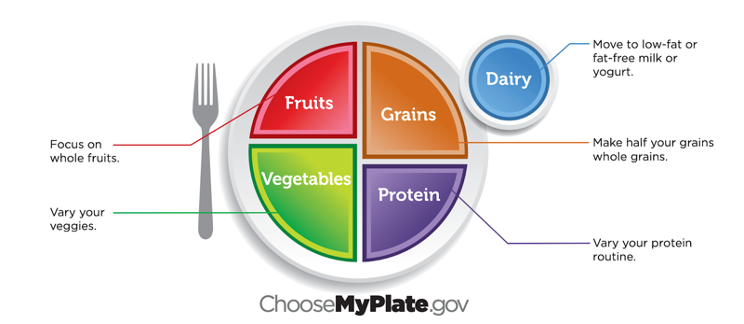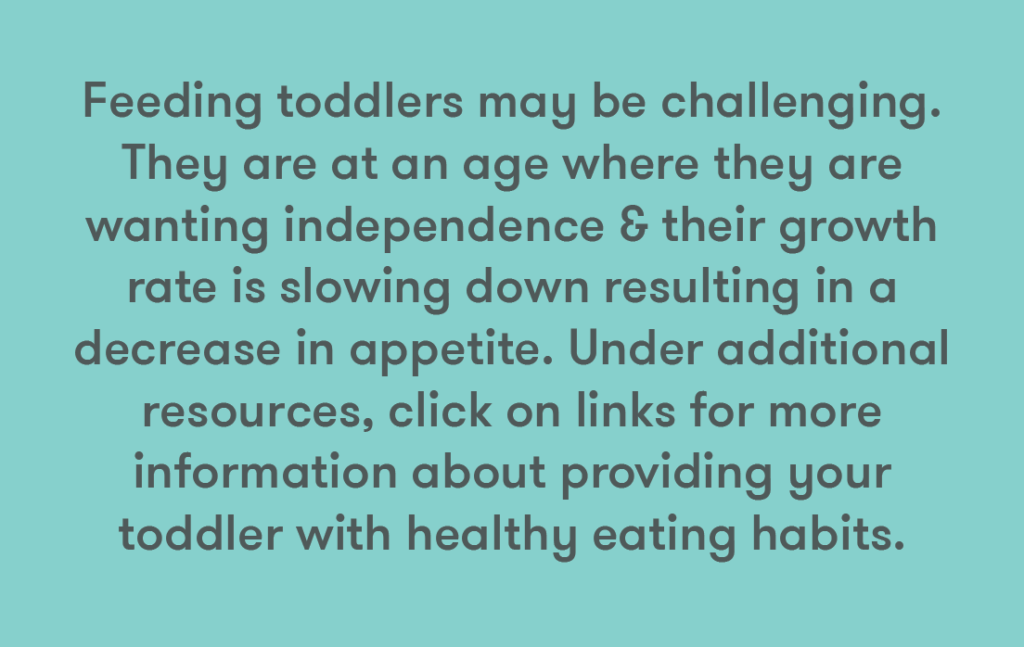It is not news to us that the time period between birth to six years old is a prime time for setting your child up for success for learning, behaviors, and both physical and mental health. This time is also a good time to set and practice healthy eating habits. With our children back in school, you may be asking yourself: What should I put in their lunchboxes? In this post, we will discuss some nutrition-filled options and how to instill healthy eating into your child’s lifestyle.
As with adults, children’s food consumption affects the way they think, eat and behave. For this reason as well as to prevent future health conditions, healthy eating habits are important to develop. The relationship children develop with food at this age is influential in shaping their lifelong eating habits. Below We will share some strategies to incorporate healthier foods into your child’s diet.
- Provide a variety of nutritional options to choose from. Offering a variety of foods allows your child to choose and have ownership over what they like/dislike and how much they need to feel satisfied. You don’t need to force or coax them into eating everything!
- You are your child’s mirror! Healthy eating should be taken on by the entire family! Children tend to imitate eating behaviors of the adults that surround them (I am living proof of this as I will not touch an onion voluntarily: a vegetable my mother also dislikes)
- Make mealtimes planned with regularly scheduled snacks. This provides time for digestion between foods and a constant source of energy.
- Involve children when packing lunch- let them choose if they want the apple or the peach, the crackers or the bread. They are more likely to eat food that they took part in putting together! You can also use these moments to teach them how to choose healthier choices.
What’s in my Lunch Box?
Here’s one way to break down the different meals your child has throughout the day.

The breakdown of the different food groups listed above are just suggestions and not a hard and fast rule. As long as your child is getting in foods from the five food categories as shown in the MyPlate visual below and have the following, they’re on the right track!

- A variety of fruit and vegetables
- Whole grain-rich options.
- Plant-based proteins.
- Lean protein entrees.
- Drink a lot of water
- Limited foods that have a lot of sodium
Additional Resources
- If you need new Veggies and Fruits ideas
- New Ideas/suggestions for Snacks
- How much does my child need? For ages 2-5
- Daily Food Checklist for children ages 2-5
- Nutrition Information for Toddlers (CDC)
- Coloring Sheet with Dietary recommendations included (a great activity to do to check if you’re eating healthy and learn about nutrition!)
We’d love to hear ideas that you have about meals you have incorporated into your child’s meals! Please share with us! We also would like to thank Janel Funk (https://www.eatwellwithjanel.com/), Registered Dietitian Nutritionist and mom of 3, for providing some tips for this post.
We also hope you enjoyed your first week back! Reach out if you need us, we are always here.
Till Next Post,
Aleezeh Makani
Ethos Early Learning Center Educator
